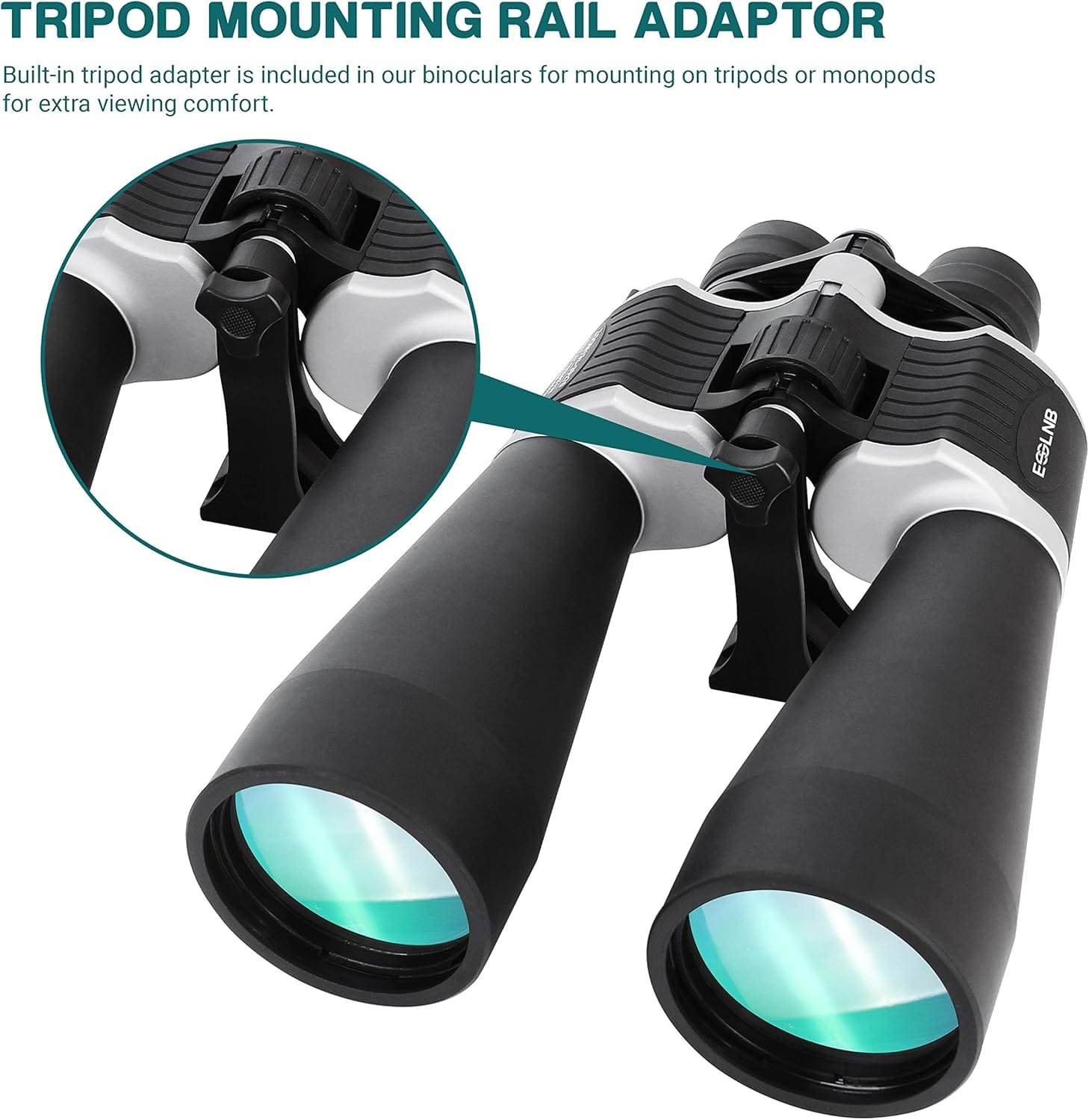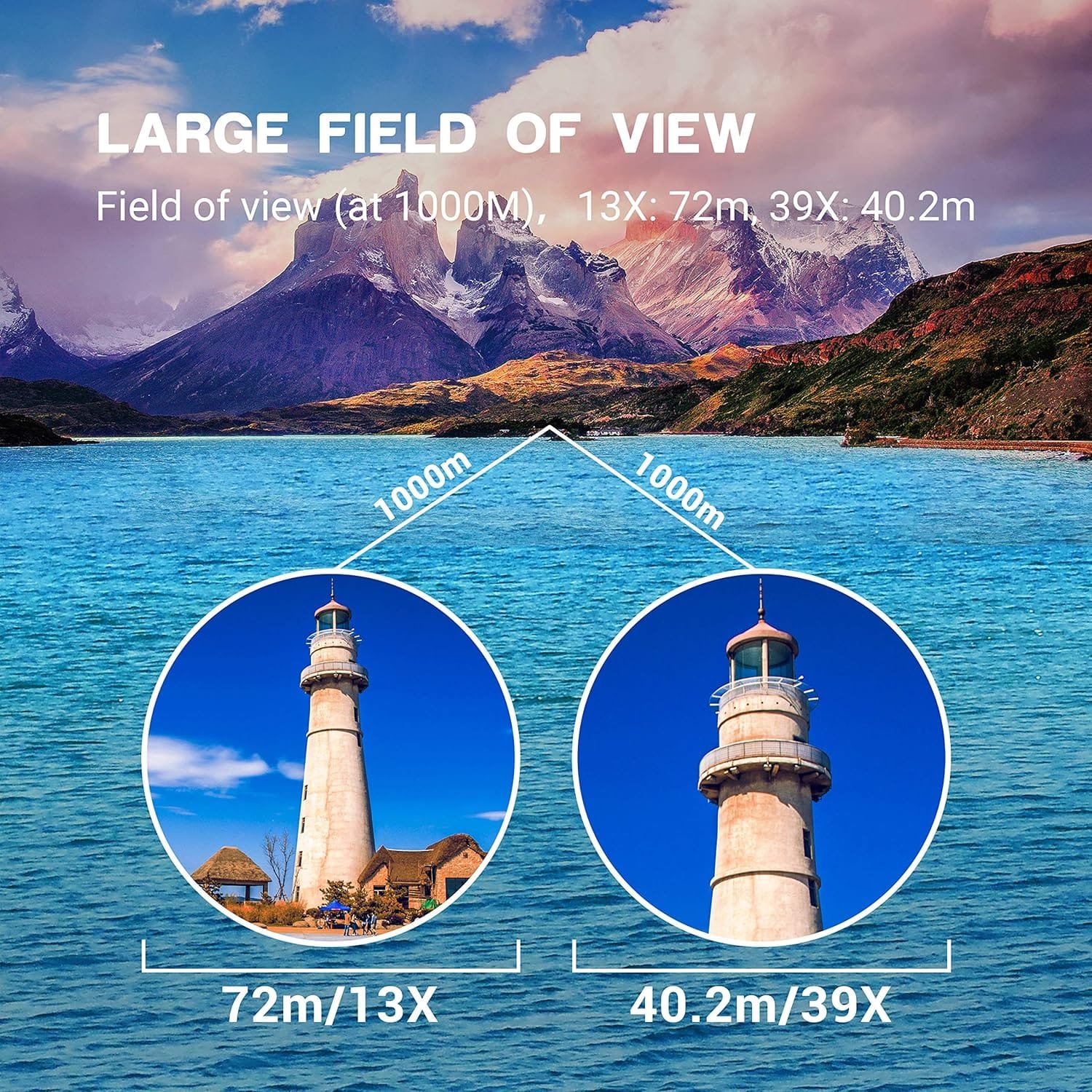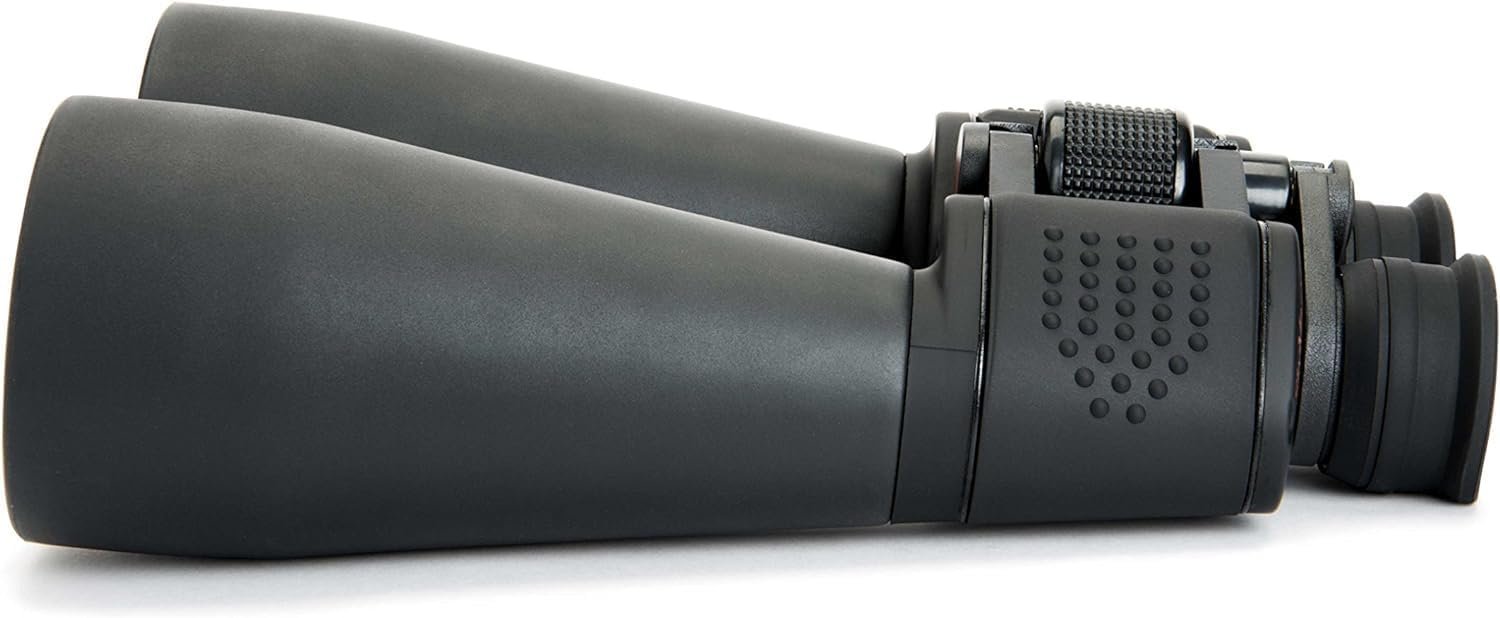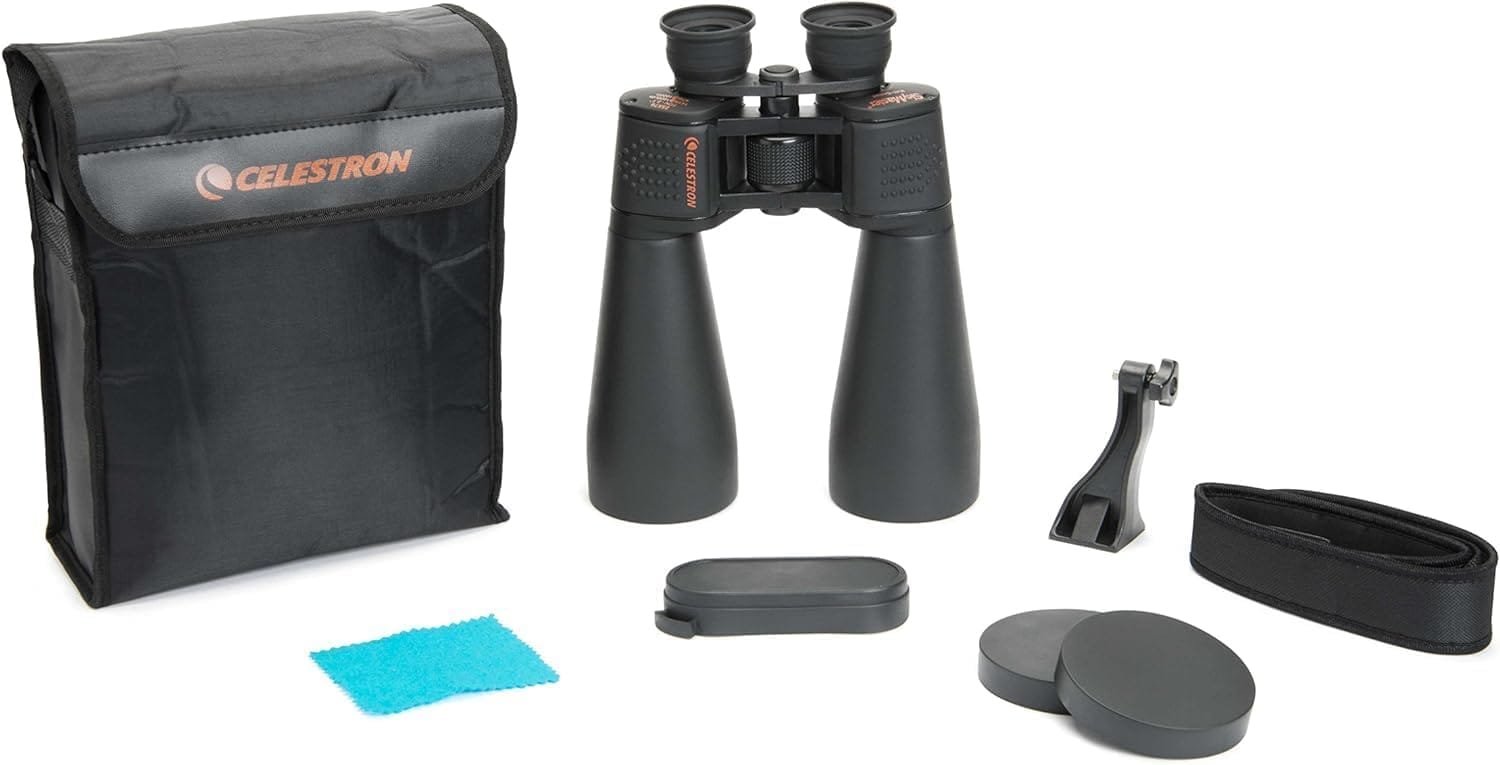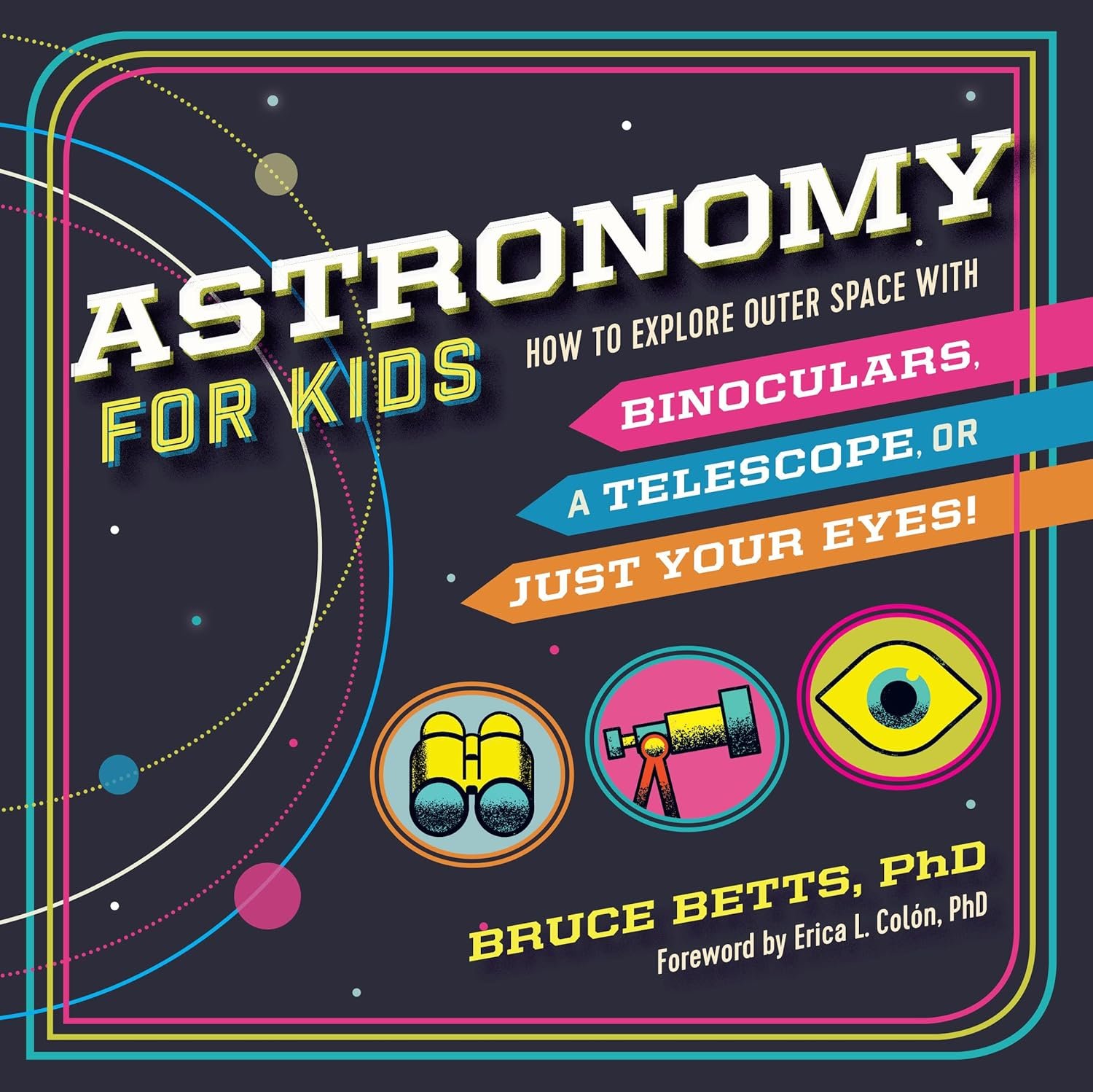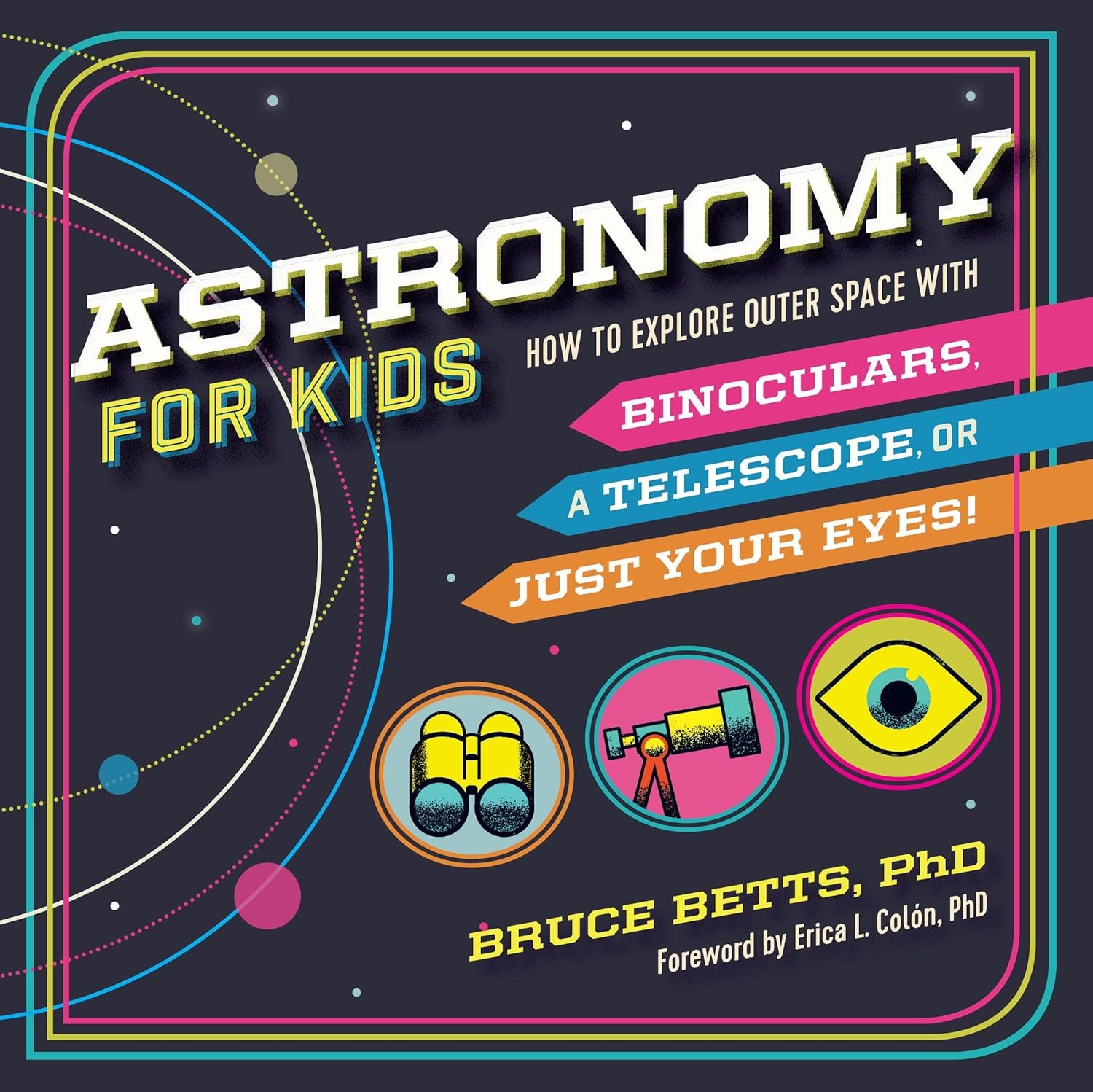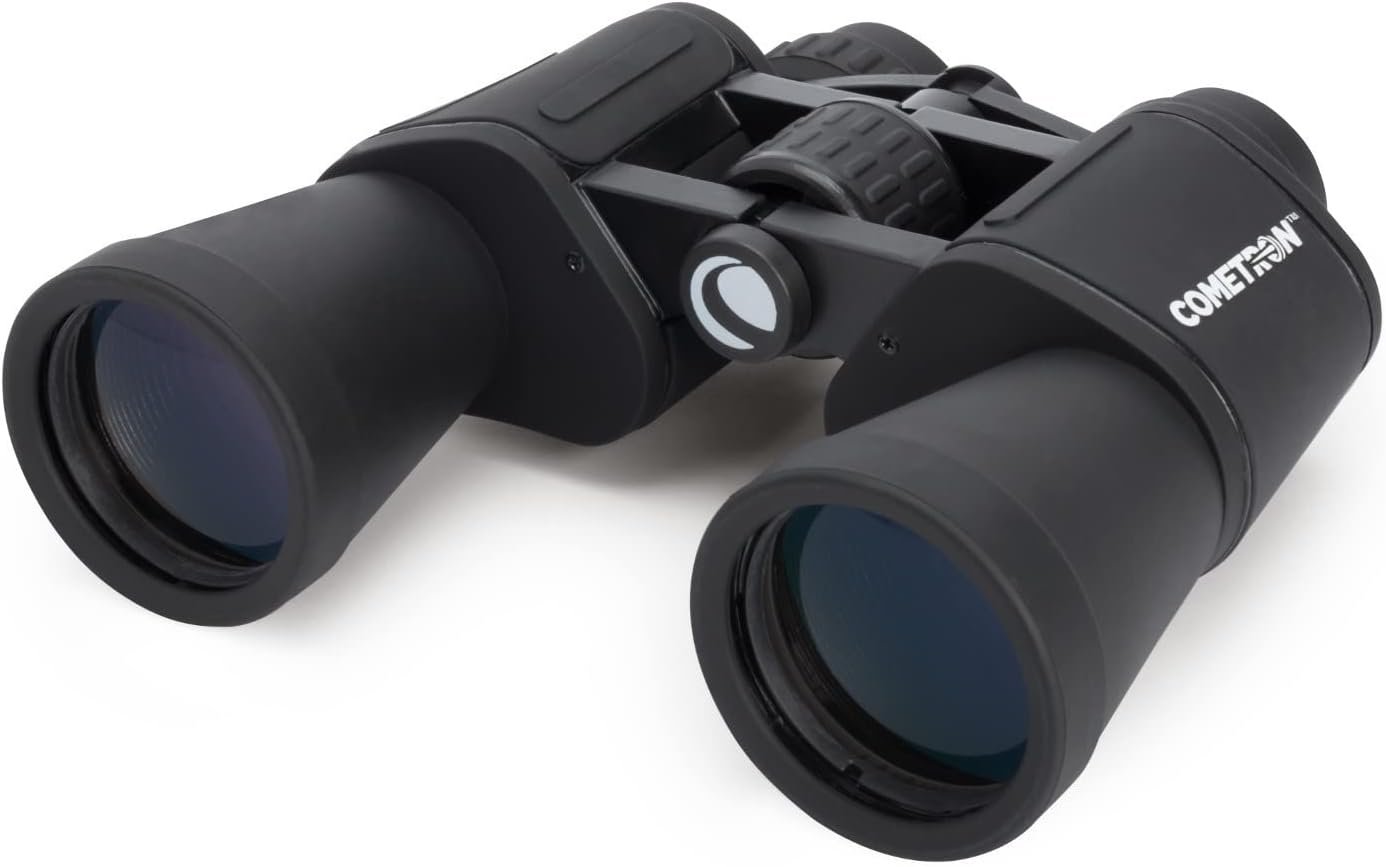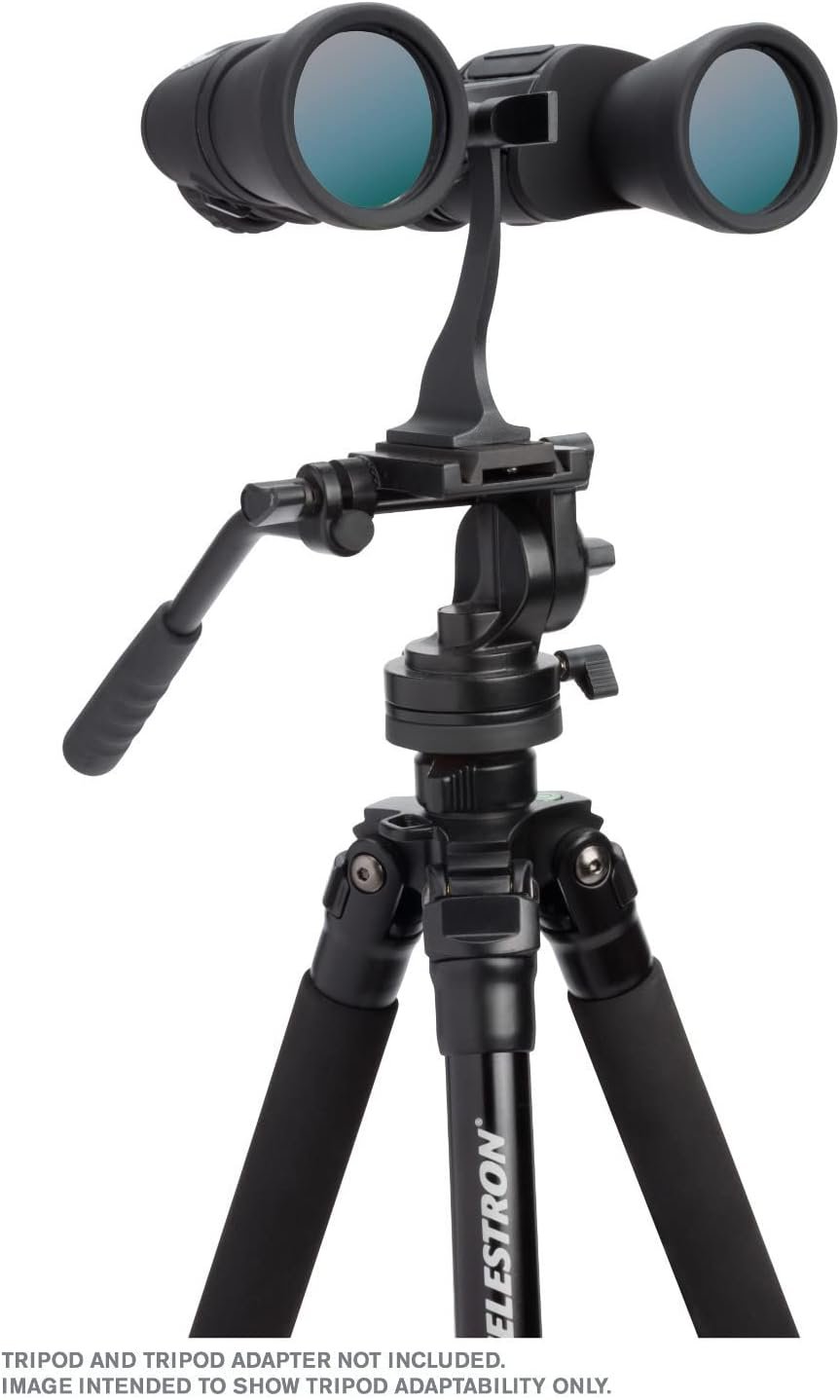Guide to top binoculars for distance viewing: consider magnification, lens size, stability, optical quality. Key models include Celestron, Canon, Swarovski, and Zeiss.
Giant Binoculars with Tripod
Celestron – SkyMaster 25X70 Binocular – Outdoor and Astronomy Binoculars
Astronomy for Kids: How to Explore Outer Space with Binoculars, a Telescope, or Just Your Eyes! Paperback – November 13, 2018
Celestron – SkyMaster 20X80 Binocular – Outdoor and Astronomy Binocular
Discover the Night Sky with Celestron – Cometron 7×50 Binoculars: Beginner’s Guide to Astronomy
The Strongest Binoculars for Distance Viewing
When it comes to exploring the world from afar, having the right binoculars can make all the difference. Whether you’re birdwatching, stargazing, or simply enjoying the view, choosing the strongest binoculars for distance viewing is crucial. In this guide, we’ll delve into the factors that determine binocular strength, explore top-rated models, and provide recommendations to help you make an informed decision.
Understanding Binocular Strength
Before we dive into specific models, it’s important to understand what makes binoculars strong for distance viewing. Several key factors contribute to their performance:
Magnification
Magnification is the first number you see in binocular specifications, such as 10×50. This number indicates how many times closer an object will appear compared to the naked eye. Higher magnification provides more detailed views of distant objects. However, it’s important to note that increased magnification can lead to a narrower field of view and more noticeable hand shake. Binoculars with magnifications of 10x and above are generally considered strong for distance viewing.
Objective Lens Size
The objective lens size is the second number in binocular specifications, such as 10×50. This number represents the diameter of the front lenses in millimeters. Larger objective lenses gather more light, resulting in brighter and clearer images, especially in low-light conditions. For distance viewing, larger objective lenses (50mm and above) are often preferred.
Image Stability
As magnification increases, image stability becomes more critical. Hand-held binoculars with magnifications above 10x can be challenging to keep steady. Image stabilization technology can help mitigate this issue, providing a clearer and more stable view.
Field of View
The field of view refers to the width of the area visible through the binoculars at a specific distance. Higher magnification typically results in a narrower field of view, which can make it more difficult to locate and track distant objects. A wider field of view is beneficial for scanning large areas.
Optical Quality
The optical quality of binoculars is determined by the quality of the lenses and coatings. High-quality optics provide better image clarity, color fidelity, and overall performance. Look for binoculars with fully multi-coated lenses for the best results.
Exit Pupil
The exit pupil is the diameter of the beam of light that exits the eyepiece. A larger exit pupil provides a brighter image, which is beneficial for low-light conditions. To calculate the exit pupil, divide the objective lens diameter by the magnification. For example, 10×50 binoculars have an exit pupil of 5mm.

Top-Rated Binoculars for Long-Distance Viewing
Based on expert reviews and recommendations, the following binoculars stand out as some of the strongest options for distance viewing:
Celestron SkyMaster Pro 20×80 Binoculars
The Celestron SkyMaster Pro 20×80 binoculars offer an impressive 20x magnification with large 80mm objective lenses. These binoculars are excellent for both astronomical and terrestrial long-distance viewing. They provide exceptional light-gathering capabilities and sharp, bright images. However, due to their high magnification and weight, they are best used with a tripod for stability.
Canon 18×50 All-Weather Binoculars with Image Stabilizer
With 18x magnification and 50mm objective lenses, the Canon 18×50 All-Weather Binoculars offer a good balance of power and portability. The built-in image stabilization technology is a significant advantage for hand-held use at high magnifications, compensating for shake and providing sharp, distortion-free images.
Vortex Kaibab HD 18×56 Binoculars
The Vortex Kaibab HD 18×56 binoculars are highly regarded for their optical quality, featuring 18x magnification and 56mm objective lenses. They are praised for their excellent color sharpness and fidelity, making them ideal for serious long-distance viewing.
Celestron SkyMaster 25×100 Binoculars
With a massive 100mm objective lens and 25x magnification, the Celestron SkyMaster 25×100 binoculars are at the top end of magnification and light-gathering capability. They are excellent for both terrestrial and astronomical viewing, providing bright images even in low-light conditions. However, their size and weight necessitate the use of a tripod.
Swarovski Optik EL 8.5×42
While not the highest in magnification, the Swarovski Optik EL 8.5×42 binoculars are renowned for their exceptional clarity and image quality. They offer a bright, clear picture and are comfortable for extended use, which is crucial for long periods of observation.
Zeiss SFL 10×40
Known for their premium optics and lightweight design, the Zeiss SFL 10×40 binoculars provide excellent image quality and are highly rated for their performance in various conditions. Their compact size and ease of use make them advantageous for extended periods of observation.
Analysis and Recommendations
When determining the “strongest” binoculars for distance viewing, it’s important to consider that “strongest” doesn’t always mean “highest magnification.” The ideal choice depends on the specific use case and user preferences.
Maximum Magnification and Light-Gathering
For pure magnification and light-gathering power, the Celestron SkyMaster 25×100 and Celestron SkyMaster Pro 20×80 are among the strongest options. These binoculars offer exceptional detail for distant objects and perform well in low-light conditions. However, they are heavy and require a tripod for stable viewing, which may limit their portability and ease of use.
Balance of Magnification and Usability
For a balance of high magnification and hand-held usability, the Canon 18×50 All-Weather Binoculars with Image Stabilizer stand out. The image stabilization feature allows for steady viewing at high magnification without a tripod, making them versatile for various long-distance viewing scenarios.
Image Quality and Ease of Use
For those prioritizing image quality and ease of use over extreme magnification, the Swarovski Optik EL 8.5×42 and Zeiss SFL 10×40 are excellent choices. While they have lower magnification compared to some other options, their superior optics provide exceptional clarity and detail, which can be more valuable than higher magnification with lower image quality.
Considerations for Choosing Binoculars
It’s crucial to consider the trade-offs between magnification, field of view, and image stability. As magnification increases, the field of view narrows, and image stability becomes more challenging. For many users, binoculars in the 10x to 15x range may provide the best balance of magnification and usability for long-distance viewing without requiring additional support.

Key Takeaways
- Magnification and Objective Lens Size: Higher magnification and larger objective lenses provide better detail and brightness for distance viewing.
- Image Stability: Consider image stabilization technology for hand-held use at high magnifications.
- Optical Quality: High-quality optics are essential for clear, sharp images.
- Field of View: A wider field of view is beneficial for scanning large areas.
- Exit Pupil: A larger exit pupil provides a brighter image in low-light conditions.
- Top Models: Consider models like the Celestron SkyMaster series for maximum magnification, Canon for image stabilization, and Swarovski or Zeiss for superior optics.
In conclusion, the “strongest” binoculars for distance viewing depend on the specific needs of the user. For maximum magnification and light-gathering capability, the Celestron SkyMaster series is hard to beat. For hand-held use at high magnifications, the Canon with image stabilization is an excellent choice. For premium image quality and versatility, the Swarovski and Zeiss options are top contenders. Ultimately, the best choice will depend on factors such as intended use, portability requirements, and personal preferences for image quality versus magnification.

